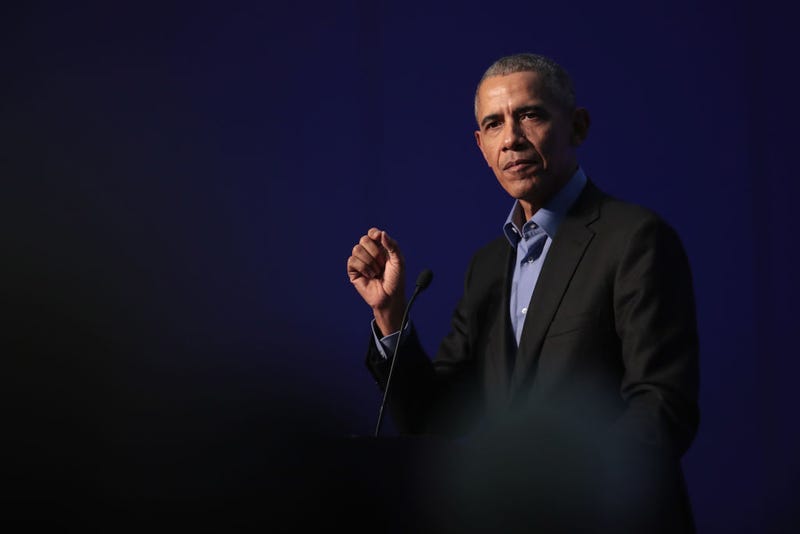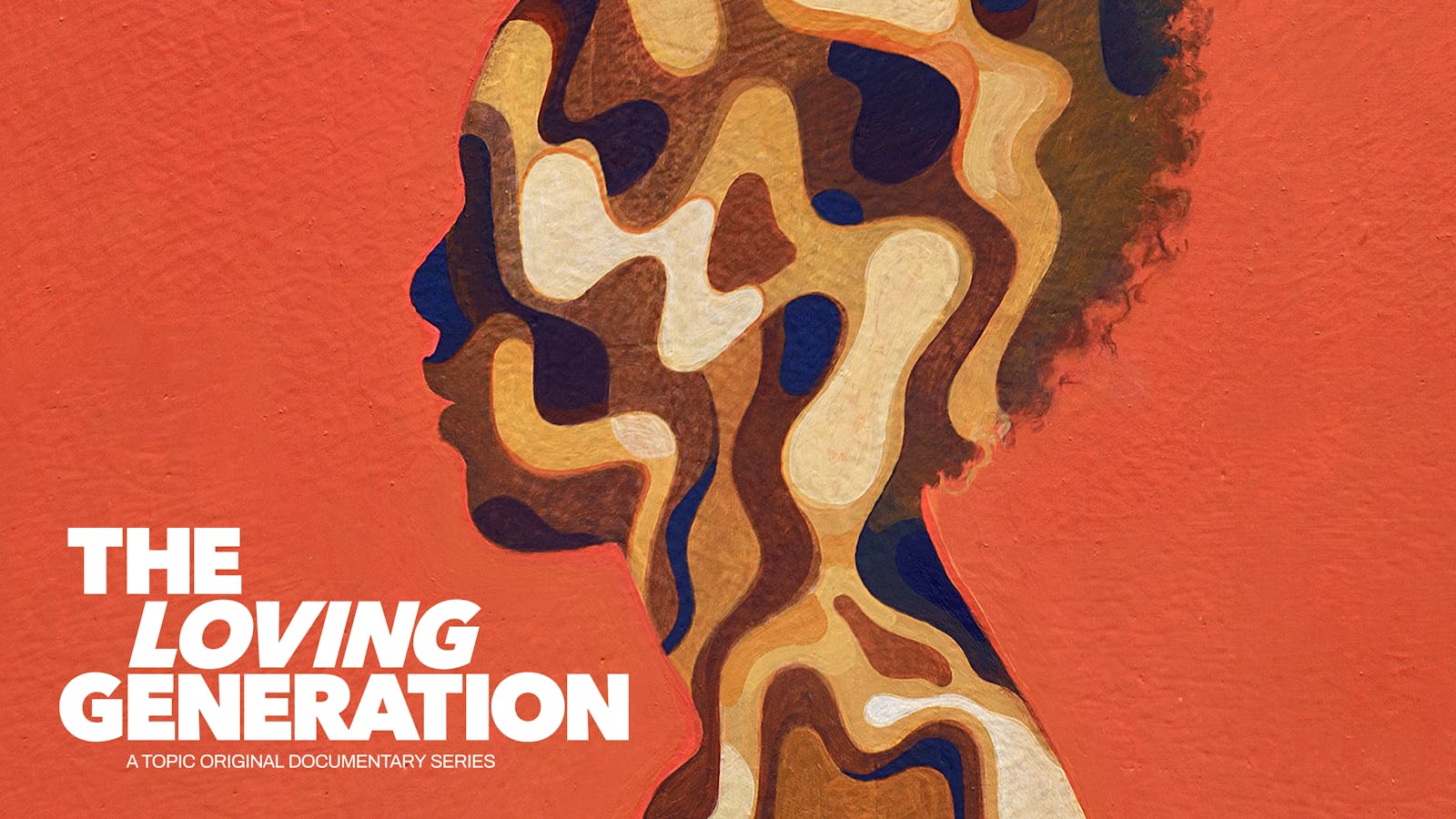10 Thoughts on Anna Holmes’ New York Times Op-Ed ‘Black With (Some) White Privilege’Posted in New Media on 2018-02-13 20:38Z by Steven |
10 Thoughts on Anna Holmes’ New York Times Op-Ed ‘Black With (Some) White Privilege’
Very Smart Brothas
The Root
2018-02-13
Panama Jackson, Senior Editor
Anna Holmes, the founder of Jezebel and editorial director at Topic.com, recently wrote an op-ed for the New York Times titled, “Black With (Some) White Privilege.” Full disclosure: I’m part of a currently running, very interesting and insightful documentary series she executive-produced called The Loving Generation, which explores the lives and identities of kids born of one black and one white parent after the Loving v. Virginia Supreme Court decision in 1967 that struck down state laws banning interracial marriage.
Holmes calls the children of interracial marriage born between 1960 and 1985 “the Loving Generation,” though where I’m from, we just call us mixed. Or black. Mostly black. Or “You know you black, right?”
Anyway, I have quite a few qualms about the piece, especially as a mixed person who identifies as black whose picture is included in the actual op-ed—which, petty or not, makes me feel as if I co-signed the opinions and perspective. I did not. All of us who are pictured in the op-ed are also part of a supplement to the documentary series. I can’t speak for anybody else involved, but I took issue with much of the op-ed because our experiences as mixed people are varied in a way that the piece mutes…
Read the entire article here.



